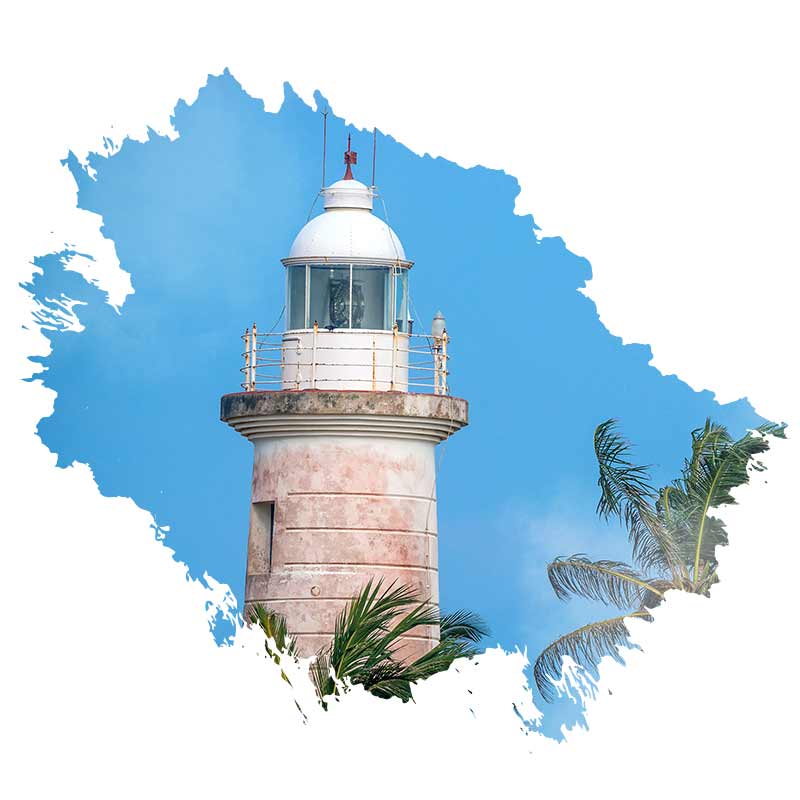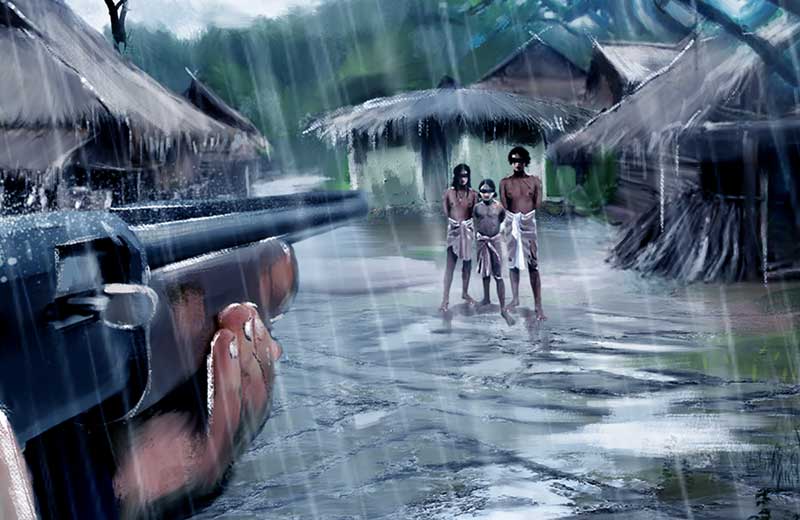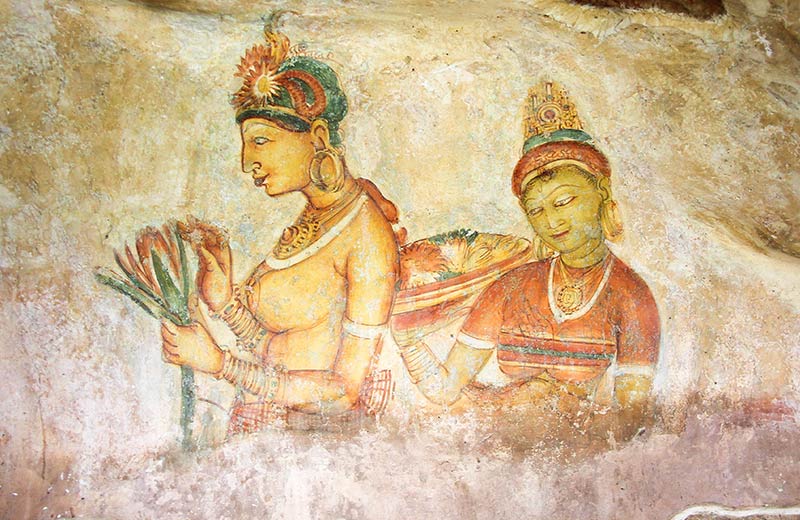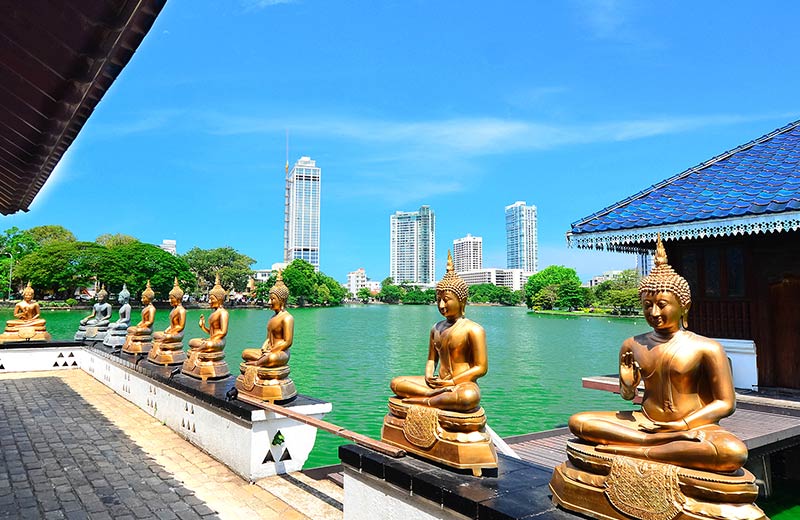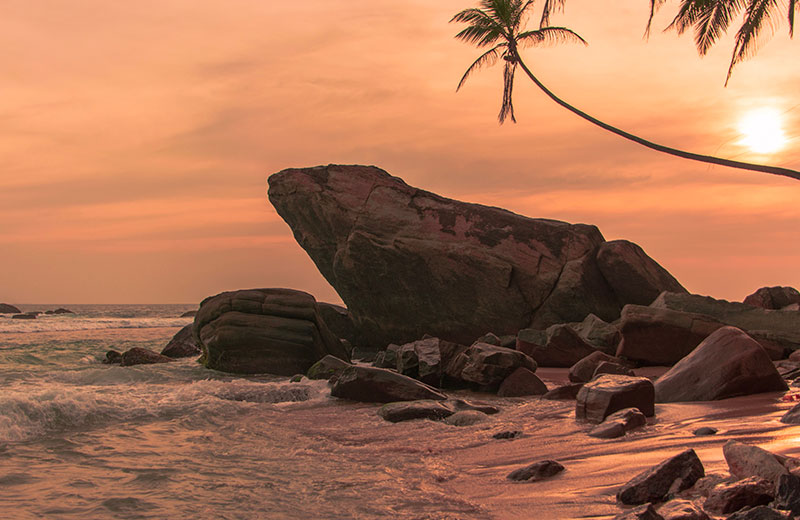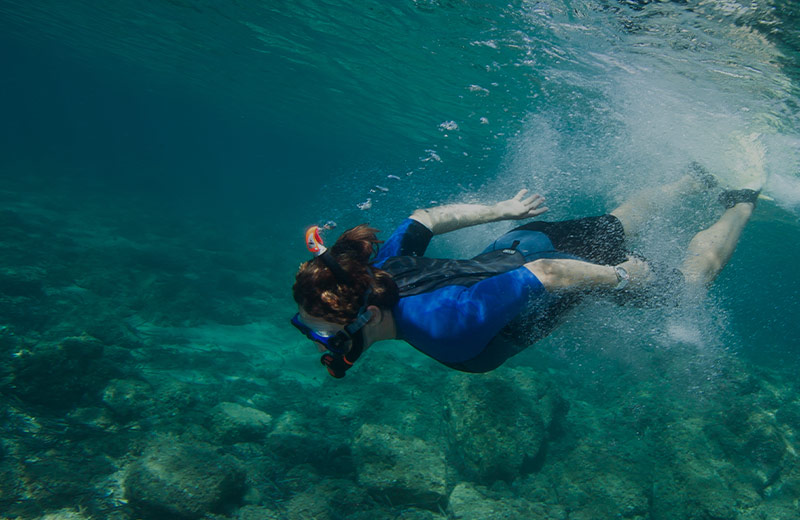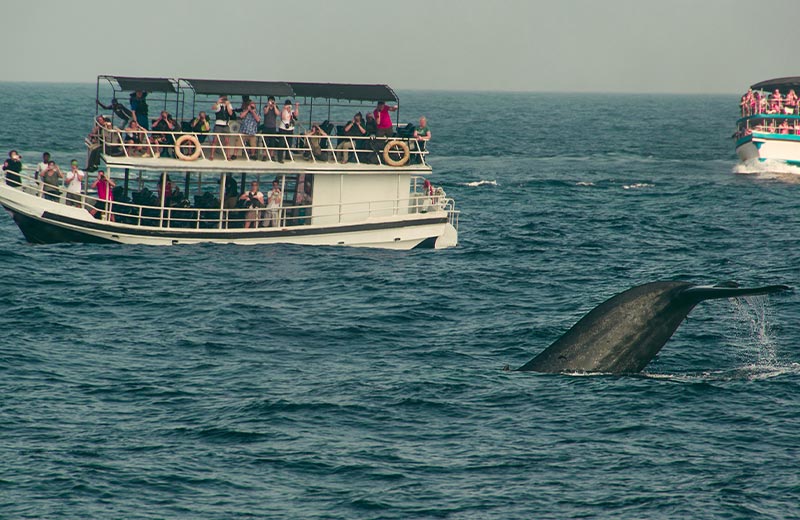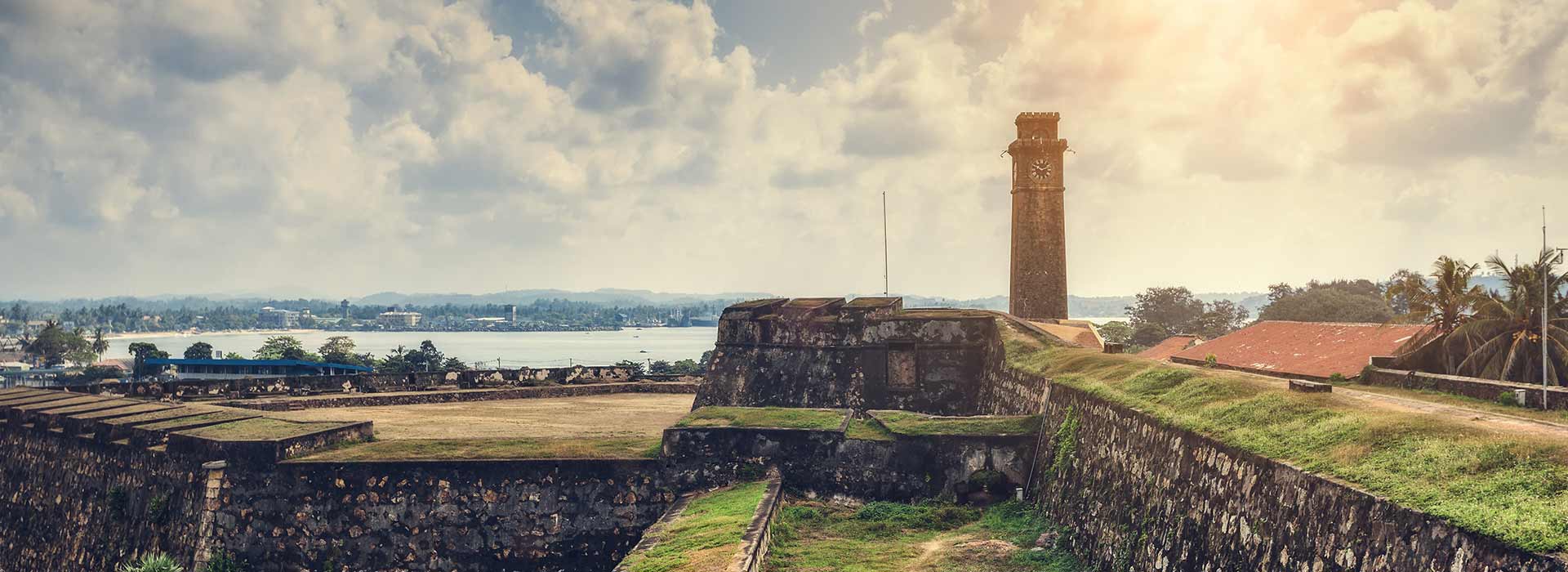Galle Fort Walk the Cobblestone Pathways of Old Ceylon
Considered to be one of the best-preserved monuments of the colonial era, skillfully marrying European architecture with South Asian traditions, the Galle Fort is a quaint city of hidden surprises and intriguing history.
The natural harbour in Galle was a significant trading port dating back to the pre-Christian era. Therefore, it was not surprising that the Portuguese settlers decided to build an earthen and palisade fort and annex the peninsula in 1588, creating a key administrative and economic centre in the southern part of the island. The Dutch East India Company, who vested control of Galle from the Portuguese in 1640, reconstructed the fort in stone. It is the Dutch version of the Galle Fort that still stands today. The British colonizers, who took over from the Dutch, continued to use the fort and made additional modifications to it. The Galle Fort was a key economic and naval centre during Sri Lanka’s colourful colonial past, and a walk down the cobblestone streets of the fort city offers a glimpse into the lives of the old city’s ethnically and culturally diverse inhabitants.
The first thing that catches the attention of any traveller arriving in the coastal city of Galle is the remarkable Clock Tower built by the British in 1883 to commemorate Queen Victoria’s jubilee. The surroundings become more distinct as you proceed towards the fort, as typical brick and mortar buildings are replaced by fortified walls, complete with bastions overlooking the city.
Entering through the main gate, constructed by the British in 1873, you are instantly transported to a different era. Resembling the old towns of Europe, the cobblestone paths of the Dutch Fort lead you through a city laid out in a grid. You are free to wander along the streets and stop at the many interesting little shops that sell a number of wares, ranging from postcards and clothes, to antique jewellery and gems. You are bound to be surprised with the wide variety of trinkets that are available to take home as souvenirs of this wonderful little city. Beat the heat by indulging in some delicious homemade ice cream or with a refreshing thambili (king coconut water), or hold out for a satisfying meal at one of the modern cafés located at the old Dutch Hospital, once you are done with your tour.
The Galle Fort is a treasure trove of interesting edifices and tales from the era of Sri Lanka’s colonial occupation. Turning left at the entrance, you would find yourself on Rampart Street. A stroll down this long and winding road will take you on a journey through the strategic military past of the fort. One of the main functions of the fort was to defend the city and the port against invaders. The street not only displays the fortified ramparts, but also the designated bastions such as the Clippenburg Bastion, Neptune Bastion, Triton Bastion, Flagrock Bastion, and Point Utrecht Bastion, the latter which also serves as the strategic location of the still functional Galle Lighthouse. This main street also connects to other smaller streets of equivalent historical value.
Should you take the road to the left at the entrance, you will journey through the religious quarters of the fort. Take a stroll along Church Street and witness the architectural wonders of the Groote Kerk (Dutch Reformed Church) consecrated in 1755 and built in the Doric style, as well as the Anglican All Saints’ Church, consecrated in 1871 and built by the British in the style of Victorian Gothic Revival. The Dutch and British, although primarily followers of the Protestant faith, were accommodating of other faiths too. The presence of a number of Islamic schools in the very same street is proof of the colonist’s recognition of the multicultural inhabitants of the fort. Rampart Street is home to the Sri Sudharmalaya Buddhist Temple built in 1889, while Leyn Baan Street is home to the Meeran Mosque, believed to have been built in 1904 over an Islamic prayer space from 300 years ago.
If you choose to walk straight ahead from the main gate, you will eventually end up at the famed ramparts of the Galle Fort. The spot, overlooking the turquoise waters of the Indian Ocean, is a popular rendezvous point for many young local couples as well as groups of local youth and families. You can walk along the ramparts at sunset, sit in quiet reflection gazing at the stunning view of the ocean or use the vantage point to take some beautiful photographs.
Galle was a major trading port for many years before the arrival of the colonizers, attracting Arab, Greek and Chinese merchants who would stop at the harbour to purchase goods and resupply. The Galle Lighthouse at the end of the street is a perfect edifice of just how important the port was for trade. It still does its duty of flagging down vessels and is the oldest functioning lighthouse in Sri Lanka.
The main streets of the fort also branch out to other arteries that house many historical monuments. One of the more iconic streets that has gained popularity amongst locals and tourists alike is Pedlar Street. Historically, the street was where numerous moors took abode. The present-day street is one that espouses leisure and relaxation, as it is the home of many acclaimed cafes, bistros and spas.
The old headquarters of the Dutch commanders, built on Church Street in 1684, was converted to the New Orient Hotel in 1865 to cater to European passengers. Today, it is a beautiful heritage hotel named Amangalla, offering old world luxury and true Sri Lankan hospitality. A number of other charming boutique hotels pepper the Galle Fort, providing a wide variety of accommodation options.
Your journey inside the fort is not complete until you visit the several museums located within. Stop by the Galle National Museum on Church Street, the National Maritime Museum on Queens Street, or the Historical Mansion Museum on Leyn Baan Street to learn about the history of the old fortress and see some of the artefacts that have been preserved.
You can take a breather at the Dutch Hospital Shopping Precinct located on Hospital Street, and witness unhindered views of the Indian Ocean from the Aurora Bastion, just behind the shopping precinct. Enjoy a hot cup of tea or a cool beer while you savour a juicy burger or sample the Dutch influenced Sri Lankan delicacy-Lamprais. Once you are well fed and rested, you can make your way to the crumbling Zwart Bastion (Black Fort), the only remnant of the fortress that can be traced to the original structure built by the Portuguese. Keep walking along Queens Street and on to Rampart Street where you will find a small road leading up to an elevated space. Here, you would find the fortifications of the Sun, Moon, and Star Bastions, which provided a strong defence at the entrance of the fort inland. Not only does it showcase the historic grandeur of the old fortress, but it also provides some of the best views of the setting sun on the southern coast of Sri Lanka.
Although the surrounding city of Galle has undergone many transformations since the country gained independence from the British in 1948, the old Galle Fort remains virtually untouched. It has been inscribed as a cultural heritage UNESCO World Heritage Site and is maintained by the Archaeological Department of Sri Lanka.
